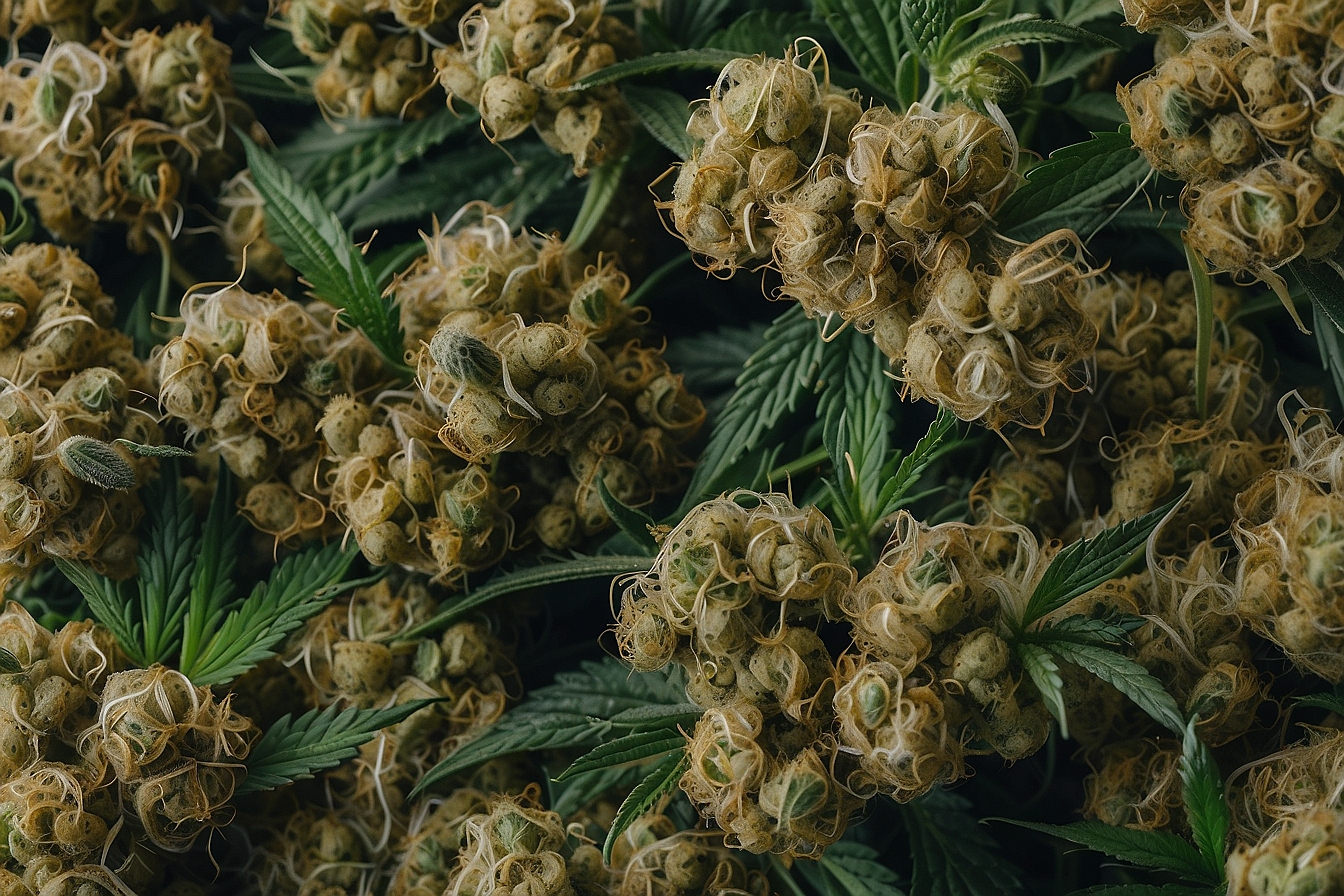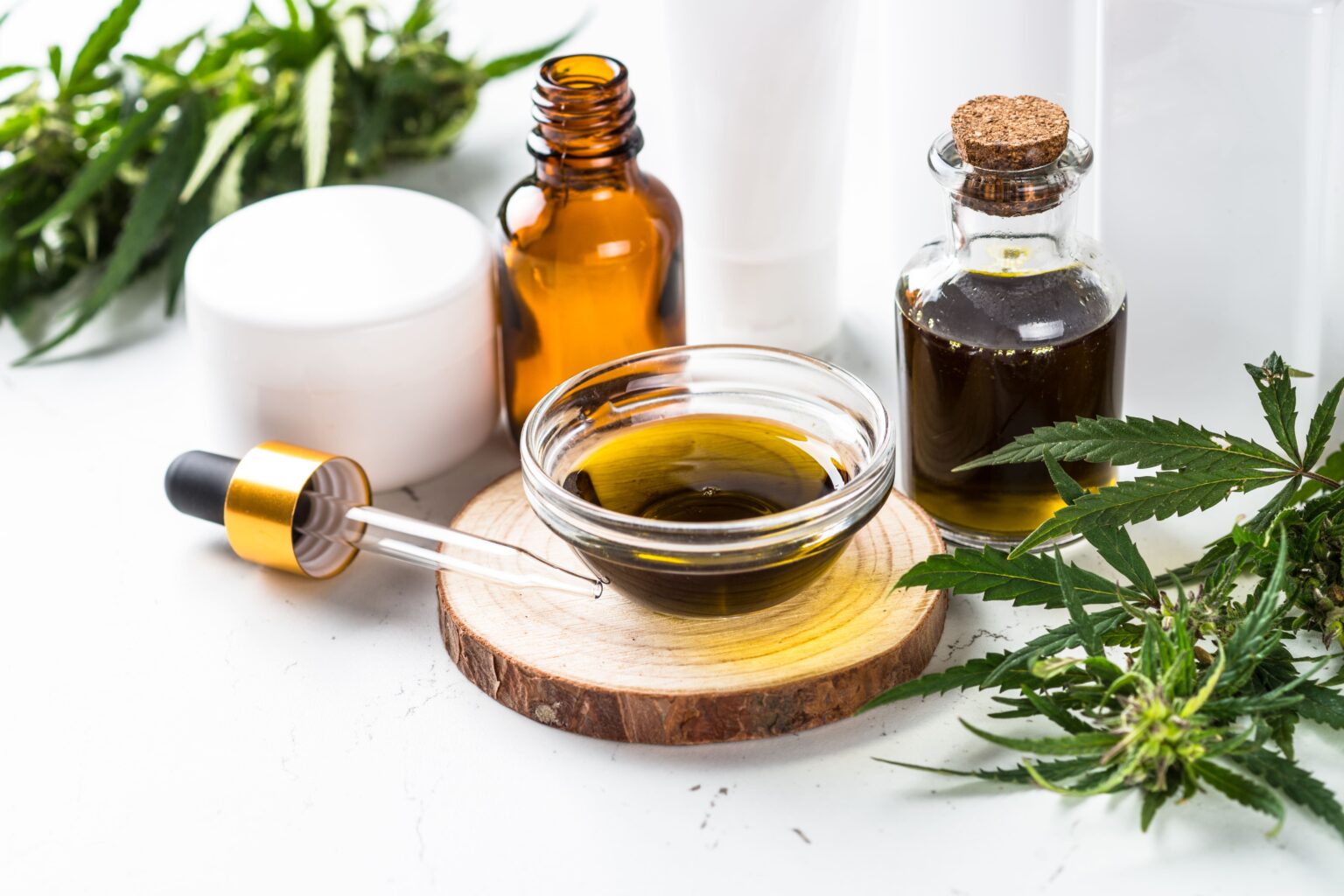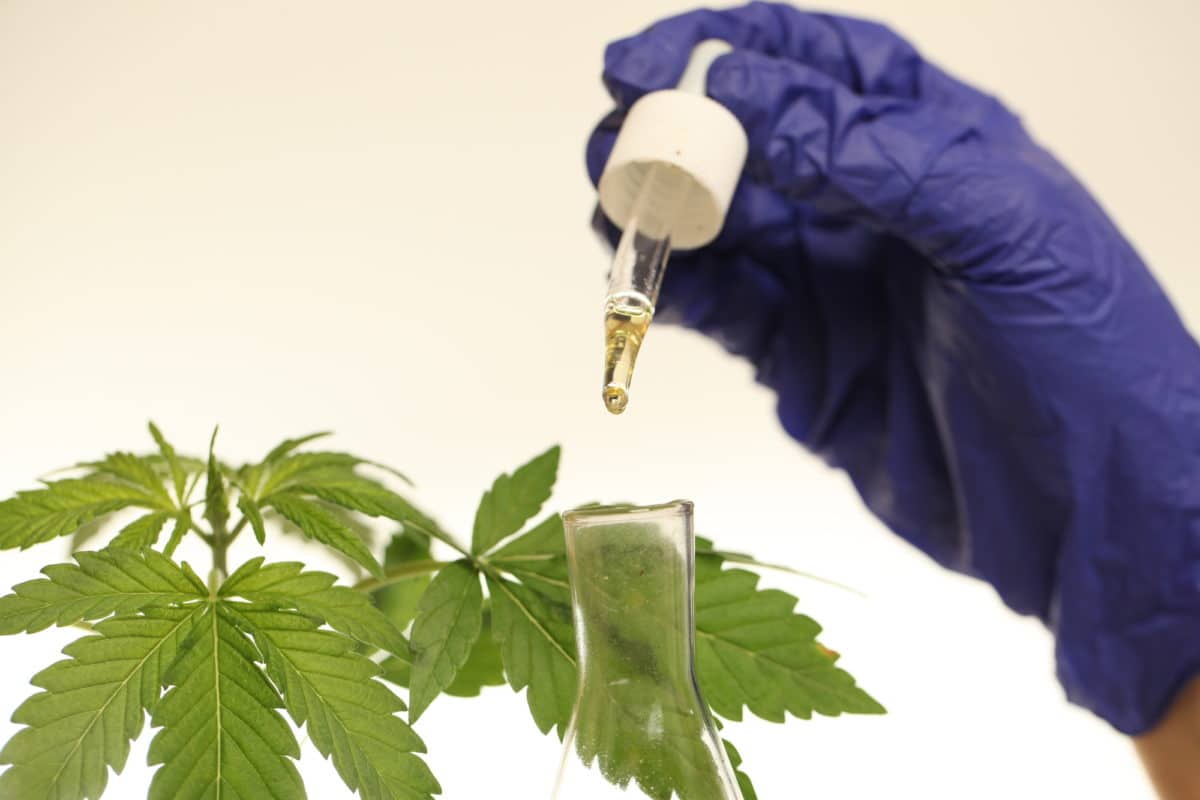News
Understanding where cbd comes from
Cannabidiol, or CBD for short, is a naturally occurring substance that comes from the cannabis plant. Among the more than 100 cannabinoids found in cannabis, CBD has attracted a lot of interest because of its unique qualities. Tetrahydrocannabinol, or THC, is the well-known counterpart of CBD; it does not provide the intoxicating effects that are typically associated with marijuana.
Rather, it’s recognized for its possible medicinal advantages. Because of this, CBD has become incredibly popular in recent years as people look for natural solutions to a variety of health and wellness issues.
From pain management and anxiety reduction to promoting better sleep and alleviating inflammation, CBD offers a promising avenue for those exploring holistic solutions. Its non-intoxicating nature, coupled with its potential benefits, has captured the interest of consumers and researchers alike. In this article, we will discuss the origins of CBD oil, hemp-derived CBD, the cannabis sativa plant, and most importantly, where CBD comes from.
Origins and Sources of CBD: where cbd comes from

Hemp is an interesting type of cannabis plant that contains CBD, a non-intoxicating chemical with possible health advantages. Hemp differs from marijuana in that it has less THC (less than 0.3%), which means that CBD derived from it won’t make you feel high.
This amazing plant is the main source of CBD manufacturing because it has a high concentration of CBD combined with fiber and other beneficial ingredients.
Exploring where cbd comes from in the Multifaceted Cannabis Family
Unfortunately, a few sentences cannot adequately answer the question of where CBD originates. In addition to hemp, marijuana also contains CBD, demonstrating the variety of the cannabis family. The most important distinction is the amount of THC present; marijuana has higher concentrations of THC than hemp does.
This difference in the usage of medical cannabis must be understood since, because of its connection to THC and possible psychotropic effects, CBD oil derived from marijuana may be subject to different regulatory constraints.
Extracting CBD from Cannabis
Plants

CBD is expertly extracted from the cannabis plant with the use of several advanced techniques. This botanical treasure trove contains a variety of chemicals, including flavonoids, terpenes, and cannabinoids.
An extraction procedure is used to separate the valuable chemical from unwanted components and produce pure CBD. To produce highquality CBD, methods like solvent extraction or CO2 extraction are frequently used.
Manufacturers can supply CBD products that meet regulatory criteria and strict quality standards by acquiring CBD mostly from hemp and using careful extraction techniques.
It is imperative to buy CBD oil products from reliable vendors to ensure consumer safety and maintain the accuracy of the information offered.
CBD Extraction Method: Using the Essentil Oil
The extraction process, which includes a variety of techniques with unique benefits and drawbacks, is fundamental to getting CBD from the cannabis plant. Of them, solvent extraction and CO2 extraction are two well-known methods.
CO2 Extraction: The Ultimate Accuracy Standard
CO2 extraction, which is regarded as the best extraction technique, uses carefully calibrated carbon dioxide injection to draw CBD out of the plant material.
When CO2 is exposed to certain pressure and temperature levels, it becomes supercritical and functions as a solvent to extract CBD oil while removing unwanted substances.
This methodical process produces a powerful and pure CBD extract that exquisitely preserves the health benefits of the plant.
Extracting Solvents: Unlocking Their Potential
Using solvents like ethanol, butane, or propane to extract CBD from plant material is known as solvent extraction. The procedure dissolves CBD and other desirable ingredients, resulting in a solution that is then processed one more time to remove the solvent and produce a concentrated CBD extract.
To guarantee the safety and purity of the finished product, it is imperative to remember that the greatest care must be given when choosing the solvent and carrying out the extraction procedure.
Different Sources of Therapeutic
Potential for THC and CBD

Two important substances that are present in the cannabis sativa plant are CBD and THC. Despite being members of the same family of cannabinoids, they have different characteristics and actions on the human body.
Since CBD doesn’t make you intoxicated, it doesn’t give you the psychoactive “high” that comes from using marijuana. It is well-known for its possible medicinal advantages, which include easing pain and inflammation, encouraging relaxation, and lowering anxiety.
However, the psychoactive ingredient in marijuana that causes intoxication is called THC. It causes euphoria, altered perception, and relaxation when it binds to cannabinoid receptors in the brain.
Differentiating the Extraction Methods of THC and CBD
Depending on the desired chemical and the associated legal issues, different extraction methods can be used for CBD and THC.
Getting extracts from hemp plants that are high in CBD is the main goal of CBD extraction. As was previously mentioned, techniques like solvent extraction or CO2 extraction are frequently used to separate CBD from hemp seed oil while reducing the amount of THC and other undesirable substances present.
THC extraction, which is frequently connected to marijuana, usually entails methods designed to maximize the amount of THC while reducing the amount of other cannabinoids and contaminants. This makes it possible to produce THC-rich extracts for therapeutic or recreational purposes in areas where the cannabis business is legally allowed to operate.
It is significant to remember that local laws and specific situations determine the safety, legality, and proper use of CBD and THC products. To maintain compliance and reduce any possible hazards, consumers should use caution, speak with healthcare professionals, and purchase products from reliable sources.
Is CBD secure?
CBD side effects include weariness, agitation, and nausea. By competing with the liver enzymes that break down these medications, CBD can raise the concentration of blood thinners and other medications in your blood. Grapefruit and several medications interact similarly. If you are taking an immunosuppressive drug, an anti-epileptic drug, or a blood thinner—all of which require stable blood levels—this interaction is very crucial.
High-dose users of CBD may exhibit abnormalities in blood tests relating to the liver. Acetaminophen (Tylenol) is one of many over-the-counter medications that has this same effect. If you use CBD on a regular basis, you should let your doctor know so that they can periodically check your liver enzymes.
The fact that CBD is largely marketed and sold as a supplement rather than a prescription raises serious safety concerns. The safety and quality of dietary supplements are not currently regulated by the FDA, and the CBD market is not truly regulated by anyone. Therefore, you cannot be certain that the product you purchase has the active components at the recommended dosage.
The product can also include other unidentified ingredients. It is best to ensure that any CBD product you purchase has undergone independent laboratory testing, as confirmed by the COA (certificate of analysis) that should come with it.
How is CBD administered?
There are numerous ways to consume CBD, such as oils, tinctures, capsules, vape pens, patches, and topical skin preparations. A topical CBD-infused oil, lotion, or cream, or even a bath bomb, can be your best bet if you’re looking to reduce inflammation and relieve muscle and joint pain. As an alternative, CBD can enter the bloodstream straight through a CBC patch, tincture, or spray that is intended to be applied under the tongue. Dcotors advise against smoking anything, even CBD.
Outside of the US, multiple sclerosis-related muscle stiffness and cancer pain are approved uses for the prescription medication Sativex, which contains CBD as an active component. In the United States, some forms of epilepsy and tuberous sclerosis are approved uses of Epidiolex.
The conclusion about cannabidiol
Government investigation has been brought against several CBD producers for making ludicrous and unjustifiable claims, such as that CBD can treat COVID-19 or cancer, which is untrue. While further research is required, CBD is showing promise as a useful and mostly non-toxic treatment for chronic pain, sleeplessness, and anxiety. We are unable to determine the precise dosages of CBD without enough high-quality data from human trials. Additionally, CBD is currently mostly sold as an unregulated supplement, making it challenging to do research or know exactly what you are getting.
Make sure the CBD you want to try is coming from a reliable source. Once more, please talk to your doctor about using CBD or any other supplements to ensure that they won’t conflict with any other medications you are on.
References:
Victor Madril.JUNE 30, 2023.Understanding where cbd comes from
Peter Grinspoon.April 4, 2024.Understanding where cbd comes from [URL]
Accessed,May,02, 2024.














